
Korean Collection
The museum’s Korean Collection, which comprises over two hundred objects today, was established by the museum’s founder, Ferenc Hopp and the first two directors, Zoltán Ferlvinczi Takács and Tibor Horváth, on the basis of their East Asian collecting trips,. Ferenc Hopp visited Korea on his third round-the-world trip in 1903. The only souvenir of this journey today is a nineteenth-century ceramic depicting Kannon.
As a result of the conscious development programme that was initiated after the full survey of the museum’s holdings in 1950, the Korean collection was expanded through purchases, private gifts, inter-institutional exchanges, and the practice of state donations, which flourished in the 1950s. In 1958, the Korean collection received a gift of ninety objects from the Democratic People’s Republic of Korea, which largely encompassed all groups of traditional everyday items.
The earliest pieces in the Korean collection are fragments of an earthenware roof ornament from the seventh to ninth centuries. The textiles and furniture of the collection date back to the nineteenth and twentieth centuries, for example, a large nineteenth-century “half-closing” chest (in Korean: bandaji), richly decorated with brass fittings, which was an essential item of furniture in the women’s quarters.
A separate section is formed from the lifelike reproduction of a painted tomb from the Goguryeo period (37 BC – 668 AD), namely Anak Tomb No. 3, consisting of nine, full-size copies of the tomb murals and a model of the tomb, which was presented to the museum as a gift from the Institute of Cultural Relations in 1955. The copies were commissioned by the Hungarian Embassy in Pyongyang. The fact that the copies were made showing the actual state of the original murals, together with UNESCO’s listing of the Goguryeo-era tombs and murals as a World Heritage Site in 1994, enhances the value of the set of copies held by the museum.
An interesting group of documents bequeathed to the museum contains the records of the Rákosi Mátyás Hungarian Hospital in North Korea (Sariwon) that operated between 1950 and 1957.
In 1961, from the oriental collection of the architect, applied artist, and printmaker, Lajos Kozma (1884–1948), the museum acquired a painting from the second half of the nineteenth century, an exquisite portrait of a Korean beauty by an artist regarded as a follower of Shin Yun-bok (artist’s name: Hyewon; 1758 – first half of the nineteenth century), one of the most famous genre artists of the Joseon dynasty (1392–1910).
Thanks to the collecting activity of Tibor Horváth, the museum acquired an exceptionally valuable, celadon-glazed covered box with a chrysanthemum pattern, from the thirteenth century, whose fractures were repaired at some point in the past using gold.
Closely related to the objects of the Korean Collection is a collection of old photographs. It preserves the memory of the journeys made to Korea in 1903 by the museum’s founder, Ferenc Hopp, and in 1908 by a medical officer for the Imperial and Royal Navy of Austria-Hungary, Dr Dezső Bozóky. Although they were both amateur photographers, the documentary value of their pictures is increased by the fact that these are not the conventional type of studio photographs commonly found in other museum collections, but exemplars of a new genre of photography, based on personal vision and observation, which offer a unique visual record of everyday life in Korea in the first decade of the twentieth century.
In 2011, the Korean Collection reached an important milestone with the exhibition entitled The Land of Morning Calm. Korean Art in the 18th–19th century. The accompanying catalogue was the first publication to present the Korean collection and its photo archive.
Gallery
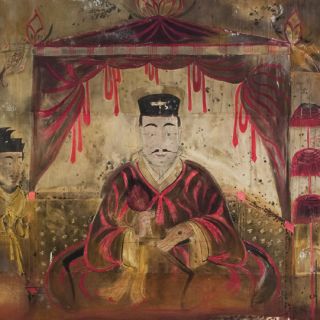
Korea, mid-20th century; paper with silk frame,
20th-century reproduction of a mural from Anak Tomb No. 3,
from the Goguryeo period (37BC – 668 CE)
Gift from the Institute of Cultural Relations, 1955
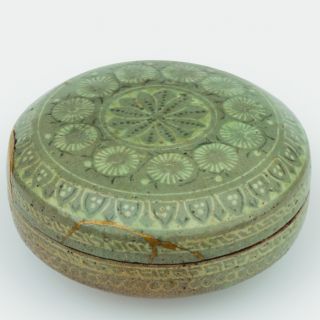
Korea, Goryeo dynasty, second half of the 13th century
Stoneware, celadon glaze, inlaid pattern
Gift from Tibor Horváth, 1949
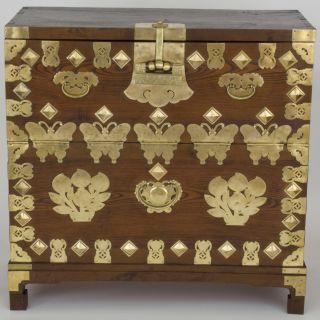
Korea, late 19th century
furniture,
Japanese Zelkova, brass fittings

Korea, second half of 19th century; Colours on canvas; Purchase, 1953

Korea, 18th–19th century; Dining set (knife and chopsticks),
talisman with two Chinese characters,pair of Mandarin ducks,perfume box,case with personal hygiene tools(ear-cleaner, toothpick); Silver, enamel, and silk
Gift from Tibor Heltai, 2009
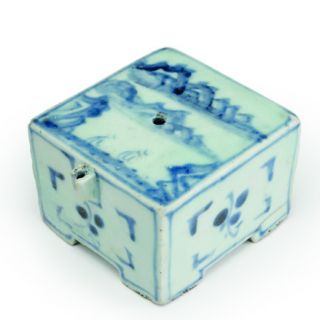
Korea, 19th century; Porcelain with blue underglaze painting
Gift from Tibor Horváth, 1949
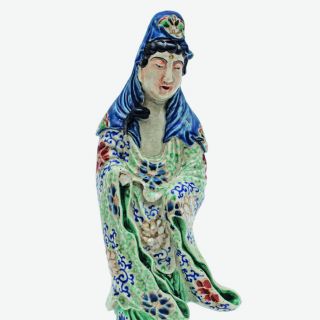
Japan, late 19th century; Polychrome ceramic
Inscription on the base: “Hopp F. Korea, 1897.”
Collected by Ferenc Hopp
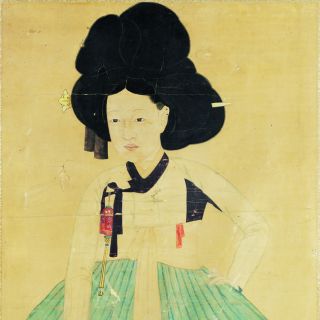
KOREAN BEAUTY
Korea, second half of the 19th century
From the collection of Lajos Kozma, 1961

8th-9th century
pottery, earthenware
From the bequeath of Zoltán Felvinczi Takács
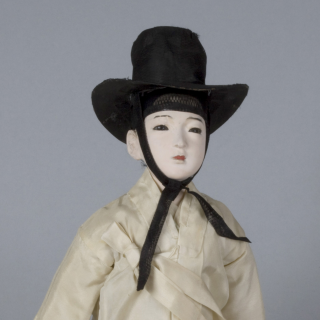
second half of the 19th century
marked with : 東城海市 / Dongseonghaesi